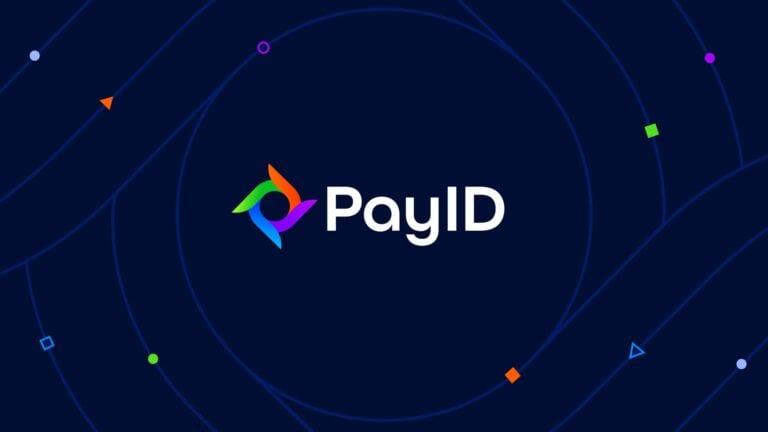Crypto Trading 101 – Long vs Short
A trader who knows what he/she is doing will always have a plan as well as analyze the market conditions carefully before executing a trade.

The crypto industry likely has the most volatile market in the world, with daily price swings of 10-20 percent. The 2017 bull market was even crazier than that.
As a result, traders and speculators flock to crypto in the hopes of earning huge profits from the upward and downward movement of prices. A lot of millionaires were made that year, many of them under 30. However, it came to a bad end when the market crashed around February 2018, which endured for a long time, wrecking many investors in the process.
In line with this, it would be best to not treat crypto trading like gambling. A trader who knows what he/she is doing will always have a plan as well as analyze the market conditions carefully before executing a trade.
As the classic finance adage goes, “buy low, sell high.” But truth be told, it’s easier said than done, as no one can predict with certainty when the price is going to go up or down. The best thing you could do is research extensively and/or do some technical analysis.
Then, you could either go long or short.
Long
Taking a long position means you anticipate a particular cryptocurrency to go up in the future. The idea is very simple; you just buy a particular token today and wait for it to rise.
When the price goes up, you could either sell or wait for it to rise further. Basically, you could long forever like some Bitcoin hodlers do but historically that doesn’t seem like a great strategy if you want to earn. Even if Bitcoin does become the most popular currency one day, it would have to undergo many market cycles and you would miss out on great opportunities
Short
Taking a short position is the exact opposite. It means that you expect the price of a particular cryptocurrency to go down. Basically, you bet against it either because you believe it is currently overvalued and will correct its price soon or because you anticipate an event that could lead to its downward pressure in price, or some other reason.
A short position, therefore, involves selling a particular token. It doesn’t necessarily mean that you don’t believe in the crypto project anymore. In fact, it is common practice to buy back a cryptocurrency at the end of a short position, that is, when the price is sufficiently low enough for you to want to buy.
This article is first published on BitPinas: Crypto Trading 101 – Long vs Shor





![[List of Speakers] Web3 Industry Leaders Converge at YGG Web3 Games Summit 7 [List of Speakers] Web3 Industry Leaders Converge at YGG Web3 Games Summit](https://bitpinas.com/wp-content/uploads/2023/11/yg-768x402.png)